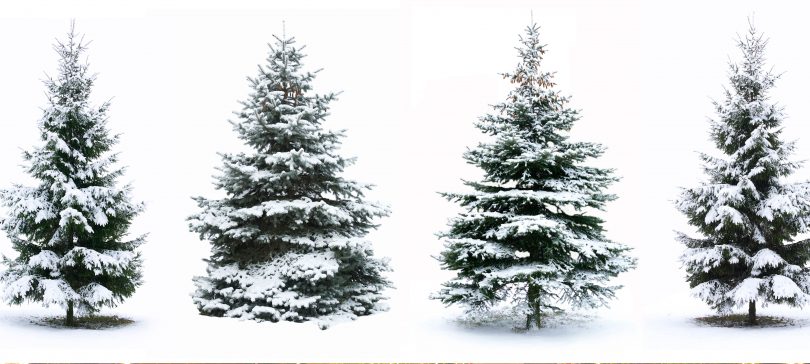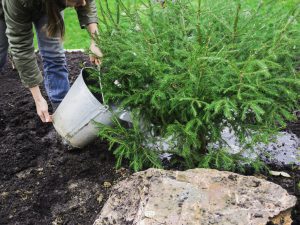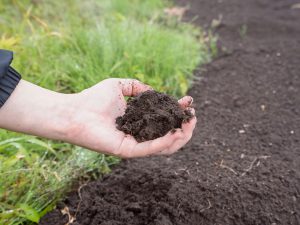By Vicki Spencer, Master Gardener
Even though we laid our gardens to rest for the season, in Colorado we need to be attentive to the moisture around trees and bushes during winter. If they are too dry before we experience a hard freeze, they won’t have a buffer to protect them from winter damage. Evergreens, which retain most of their leaves, go dormant in the winter, so you will not see new growth. Moisture in their leaves help evergreens survive freezing temperatures but can make them more susceptible to snow and ice damage. The added weight may cause branches to bend and break.
It is a good idea to go out after a snowstorm and remove snow from the leaves and branches of trees and bushes. A straw broom works well for low-lying foliage. Brush gently from the underside and try to avoid touching leaves as much as possible. (Suggestion: Wear a hooded parka or hat as it’s inevitable that the snow will fall on you.) Do not try to remove ice from plants as they could be damaged.
Some evergreens begin to look wilted or lose shape during winter. Don’t fret: This happens when they are frozen, but they will regain their normal shape when they thaw out. It is best to leave the plants alone to avoid breaking brittle branches inadvertently. While you should not prune trees and bushes in the winter, it is a good idea to remove broken limbs and branches before they cause further damage.
Since deciduous trees lose their leaves, their bare branches lose moisture more readily than evergreens. This is why watering trees in the winter is important, especially during long, dry spells without snow.
Newly planted trees need extra special care. In addition to wrapping the tree trunk to prevent sun scalding, deep watering provides a good defense against drought stress. The best time to water trees is in the morning. Your goal should be to allow saturation 12 inches into the soil — this applies to well-established trees as well. A variety of subsurface injection probes are available at garden stores or on the internet, or you can contact a professional arborist to deep water for you.
If the ground is not frozen or covered with snow, winter is a good time to get a soil test. Colorado State University Extension Office can determine your soil pH and relative levels of potassium, phosphorus, calcium, magnesium and sulfur, which are important for healthy growth. Testing kits are available at county extension offices, or visit soiltestinglab.colostate.edu for a list of local garden centers where you can purchase kits.
With test results in hand, apply the recommended nutrients along with organic compost. Cover the compost with mulch (peat moss, bark, sawdust or shredded newspapers) to help retain moisture and encourage decomposition. By spring, your soil will be healthier and the results should be noticeable throughout the growing season.
Gardener Vicki Spencer has an eclectic background in conservation, water, natural resources and more.



